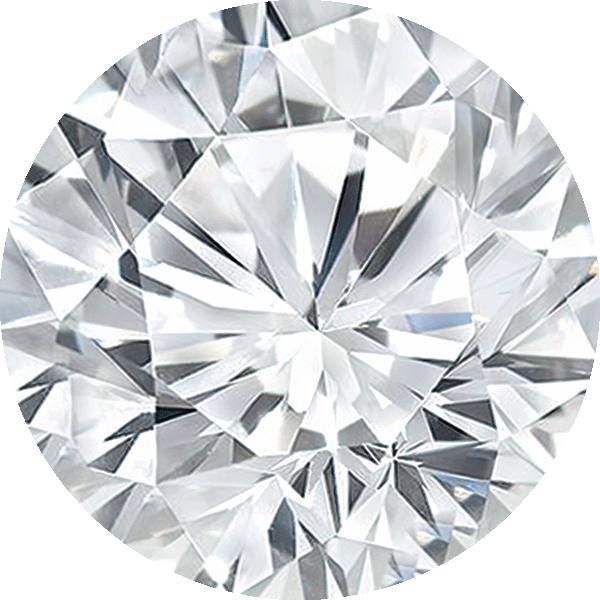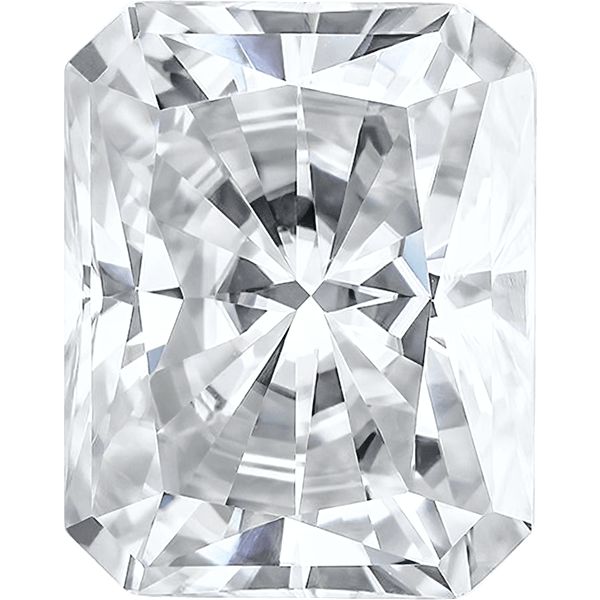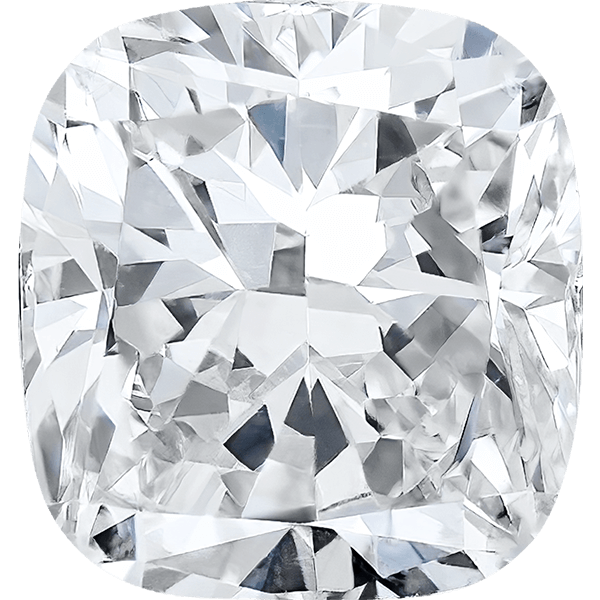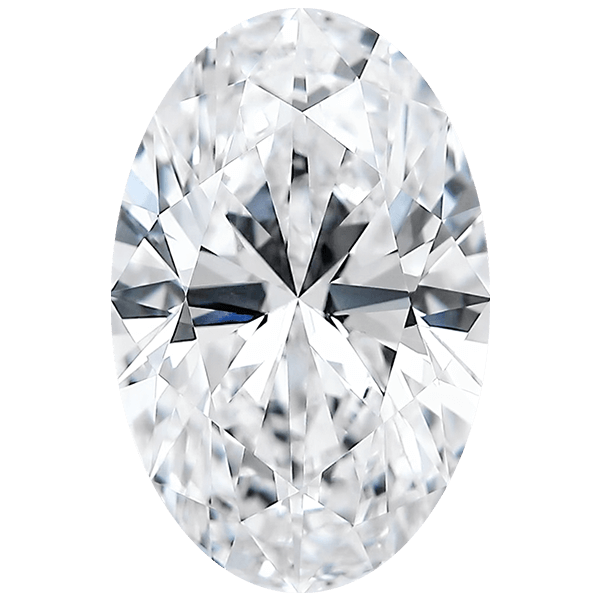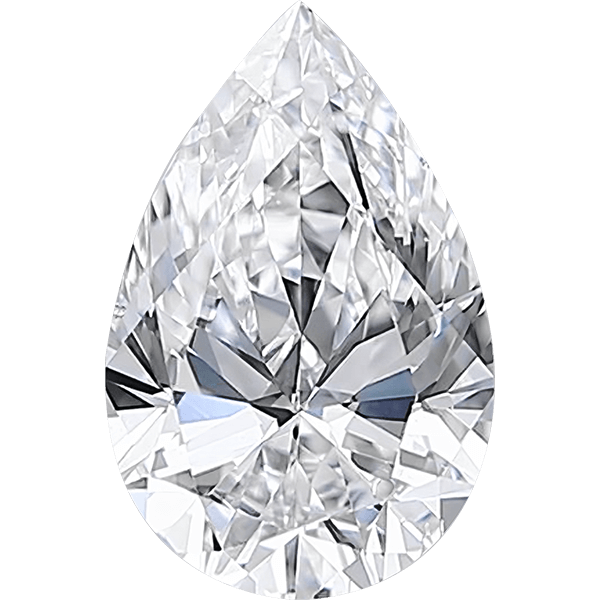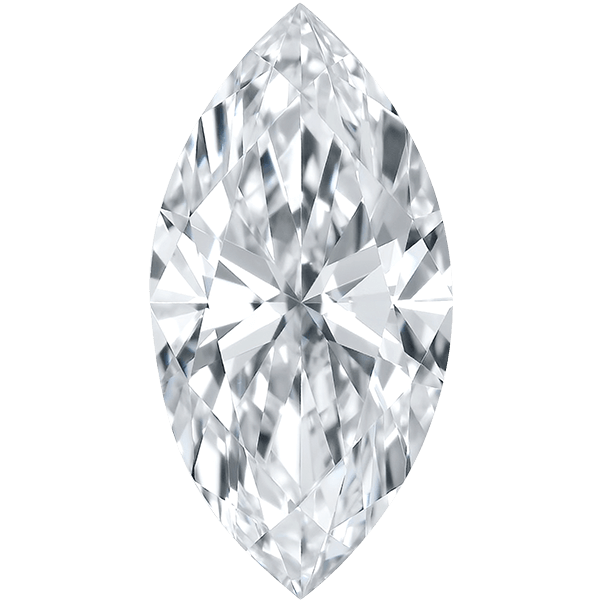
Lab Grown Diamonds Guide
Lab Grown Diamonds: A Modern Choice
Mining Free
Lab created diamonds are a sustainable choice, created with advanced technology that eliminates the need for mining.
100% Real Diamond
Cultured diamonds possess the exact same physical, chemical, and optical characteristics as natural mined diamonds.
Great Value
Man made diamonds offer excellent value — bigger and better quality stones for much less.
What Are Lab Grown Diamonds?
Lab diamonds, also known as lab created diamonds, man-made diamonds, cultured diamonds, or engineered diamonds, are produced in precisely controlled laboratory environments. These conditions mimic the natural processes that occur deep within the Earth's mantle, where diamonds are formed. Lab-grown diamonds consist of carbon atoms arranged in the same crystal structure as natural diamonds. As a result, they share the same optical and chemical properties as natural diamonds. At Majesty Diamonds, a leading lab diamond store in Canada, we serve a variety of lab grown diamonds.

How Are Diamonds Created in a Lab?
Lab-created diamonds start as tiny carbon seeds from pre-existing diamonds. Using advanced technology—either extreme pressure and heat or a specialized process known as chemical vapor deposition (CVD)—scientists replicate the natural diamond-forming process. Over six to ten weeks, these seeds grow into rough diamonds, which are then cut, polished, and crafted into lab diamond jewelry, such as earrings, necklaces, or bracelets.
There are two main methods for creating lab-grown diamonds:
- High Pressure High Temperature (HPHT): This method recreates the intense conditions found within the Earth where natural diamonds form. Carbon material is placed in a large machine and subjected to pressures exceeding 870,000 lbs per square inch and temperatures of 1300–1600 degrees Celsius. These extreme conditions produce lab-grown diamonds.
- Chemical Vapor Deposition (CVD): In CVD, a seed diamond is placed inside a vacuum chamber filled with heated hydrogen and carbon-rich gases. When the gases reach a certain temperature, their molecules break down, causing layers of crystallized carbon to form around the seed and gradually grow a larger diamond. Some CVD diamonds may also undergo additional heat and pressure treatments after formation.
To the naked eye, natural diamonds, HPHT-grown diamonds, and CVD-grown diamonds are indistinguishable. Only trained scientists, through specialized analysis, can detect identifying markers from each growth method.
Ready to Ship Lab Diamond Engagement Rings
Lab Grown Diamonds vs. Natural Diamonds
Chemically, optically, and physically, lab-created and natural diamonds are identical, with the only distinction being their origins.
Lab created diamond jewelry is a sustainable, mining-free alternative. Grown from carbon seeds in a carefully controlled environment, they share the exact composition of natural diamonds. Without specialized equipment, it's impossible to tell a lab-grown diamond from a natural one visually. Lab diamonds also provide excellent value, allowing you to maximize your budget across the 4 Cs.
Like our natural diamonds, every lab diamond we offer adheres to our strict quality standards for cut, color, and clarity, ensuring optimal brilliance and radiance. We’re proud to lead with innovation, offering the most sustainable lab diamonds in the industry, including our Capture and Renewable Collections.
Natural diamonds, on the other hand, form over billions of years under intense heat and pressure, deep within the Earth. Composed of 99% pure carbon and 58 times harder than any other natural substance, their beauty and rarity have made them one of the world’s most cherished gemstones. Natural diamonds are revered for their enduring value, often passed down across generations as symbols of love and commitment.
Each of our natural diamonds is free and is hand-selected for its exceptional quality and transparent, responsible origins.
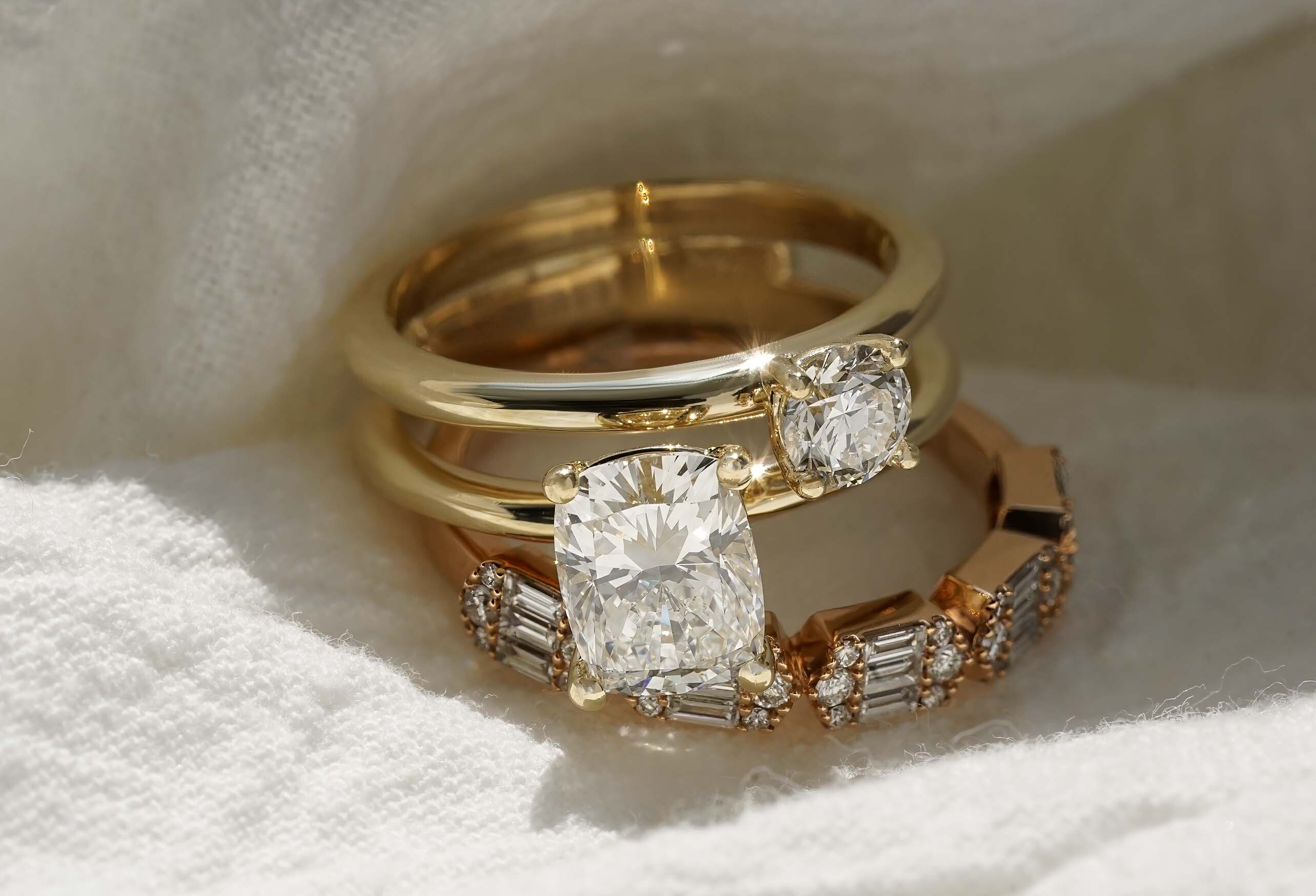
Distinguishing Lab Grown Diamonds from Diamond Alternatives
It's crucial to understand the fundamental difference between diamonds grown in laboratories and materials that mimic diamonds' appearance. Lab-created diamonds are composed of carbon, just like their natural counterparts. In contrast, diamond lookalikes may resemble diamonds visually but lack the same carbon crystal structure.
Two frequently encountered popular diamond substitutes are:
- Moissanite: Naturally occurring moissanite is exceptionally scarce, originating from extraterrestrial sources via meteorites. Commercially available moissanite is lab-produced. While visually similar to diamonds, moissanite often exhibits a more prismatic light dispersion, resulting in a rainbow-like effect rather than the characteristic diamond sparkle.
- Cubic Zirconia (CZ): This synthetic crystal is sometimes used as a diamond alternative. Though reasonably durable and brilliant, it doesn't quite match a diamond's sparkle and may show signs of wear over time. Often serves as a temporary stone in jewelry until replaced by a more resilient option.
Neither moissanite nor cubic zirconia are true diamonds, despite their visual similarities.
Diamond alternatives differ from natural and lab-created diamonds in their chemical and physical properties, resulting in significantly lower prices. These differences are often visible to the naked eye.
Portable diamond testers can differentiate authentic diamonds (both natural and lab-created) from cubic zirconia by measuring thermal conductivity. However, these devices may sometimes confuse certain lab-grown diamonds or naturally colored diamonds with moissanite due to comparable electrical conductivity. Fortunately, expert gemologists have additional methods at their disposal. They can usually tell diamonds apart from moissanite by examining their optical properties. Specifically, moissanite exhibits double refraction, while diamonds display single refraction. This key difference allows for accurate identification.
Popular Lab Grown Diamond Engagement Rings
Advantages of Lab Grown Diamonds
Lab-grown diamonds offer an outstanding alternative to mined diamonds. They are not only physically identical but also responsibly sourced and more cost-effective. Some of the key benefits of lab-created diamonds include:
- Fewer Imperfections
- Budget Friendly
- Trackable origins, ensuring diamonds are sourced from reputable places that do not mistreat workers or communities
- HPHT and CVD methods of lab-grown diamond production help meet demand without compromising quality or engaging in harmful practices
How Are Lab Grown Diamonds Certified and Graded?
Lab-grown diamonds undergo the same certification process as natural diamonds. Gemologists at reputable institutions like the Gemological Institute of America (GIA) and the International Gemological Institute (IGI) evaluate the 4 C's — cut, color, clarity, and carat weight — of each gemstone. After this assessment, they issue a physical or digital report detailing their findings.
Lab Grown Diamond FAQs
-
What factors allow lab grown diamonds to be more affordable compared to naturally mined ones?
Lab-grown diamonds are generally more affordable than natural diamonds, mainly due to how they are produced. Natural diamonds take millions of years to form under intense heat and pressure deep within the Earth, while lab-grown diamonds are made in a controlled setting using cutting-edge technology that replicates the natural growth process. This efficient production method significantly cuts down on the time and resources required to create these diamonds, leading to lower production costs and, ultimately, more affordable prices for consumers. -
How can you identify a lab-grown diamond?
Determining whether a diamond is lab-grown or natural isn't something that can be done with just our eyes. Nonetheless, gemologists have various techniques at their disposal to make this distinction. Typically, lab-grown diamonds have unique features or "fingerprints" that set them apart from their natural counterparts. A common method used to identify them involves specialized tools like spectroscopy, which helps reveal fluorescence patterns. Furthermore, some lab-grown diamonds may show tiny inclusions or specific growth patterns that aren't found in natural diamonds, offering additional hints about their origin. -
How can a jeweler determine whether a diamond is created in a lab?
Jewelers have various gemological tests at their disposal to distinguish between lab-grown and natural diamonds. They often utilize tools like a DiamondView tester, which examines a diamond's fluorescence characteristics, and perform advanced spectroscopy to investigate the gem’s composition and structure. Furthermore, many jewelers collaborate with certified diamond grading laboratories that provide documentation, including grading reports, which verify the diamond's origin. By employing scientific techniques and trustworthy sources, jewelers can accurately determine if a diamond is natural or lab-created. -
What is the lifespan of a lab grown diamond?
Diamonds grown in a laboratory are extremely durable and can last for an indefinite period of time when properly cared for. Due to the fact that they are made from carbon atoms that are arranged in a crystal lattice, they are resistant to wear and scratches. A lab grown diamond will maintain its sparkle and appearance for generations to come, so long as it is well-maintained and cared for. -
Are lab-grown diamonds real diamonds?
It is important to note that lab created diamonds are diamonds, just like natural diamonds. The primary difference is in their origin: lab grown diamonds are grown in controlled environments, while natural diamonds are formed in the Earth's mantle. As far as chemical and physical properties are concerned, they are chemically, physically, and optically identical to natural diamonds, with the same level of hardness, brilliance, and fire. -
Can a diamond made in a laboratory become cloudy?
Lab grown diamonds, or man-made diamonds, do not become cloudy over time. Cloudy diamonds, whether natural or lab-grown, are often the result of certain impurities or structural imperfections. The clarity and brilliance of high-quality lab-grown diamonds are equivalent to those of natural diamonds. -
Can lab diamonds be considered flawless?
It should be noted that lab-grown diamonds, like natural diamonds, can have various clarity grades, ranging from flawless (no inclusions visible under 10x magnification) to included (inclusions visible to the naked eye). Just like natural diamonds, lab grown diamonds can be affected by inclusions or imperfections. Lab-grown diamonds with fewer inclusions are generally more valuable and desirable. -
Can lab diamonds be insured?
It is possible to insure lab grown diamonds just like natural diamonds. Several insurance companies offer coverage for lab-grown diamonds as part of their jewelry insurance policies. -
Is it possible for lab diamonds to test as moissanite?
It is possible for some diamond testers to mistake a diamond for a moissanite due to their similar electrical conductivity. Because moissanites are double refractive while diamonds are single refractive, gemologists are trained to recognize the irregularities of diamond testers on lab diamonds. -
Why aren't all lab diamonds flawless if they are created in a lab?
Yes. Please make sure to inform us of the appropriate shipping address when you are checking out and it will be our pleasure to redirect your package. -
Why are lab diamonds becoming more popular?
Yes. Please make sure to inform us of the appropriate shipping address when you are checking out and it will be our pleasure to redirect your package. -
Do lab grown diamonds take a long time to produce?
As opposed to natural diamonds, which require 1 to 3 million years to fully develop, lab diamonds take between six and ten weeks to fully develop.


